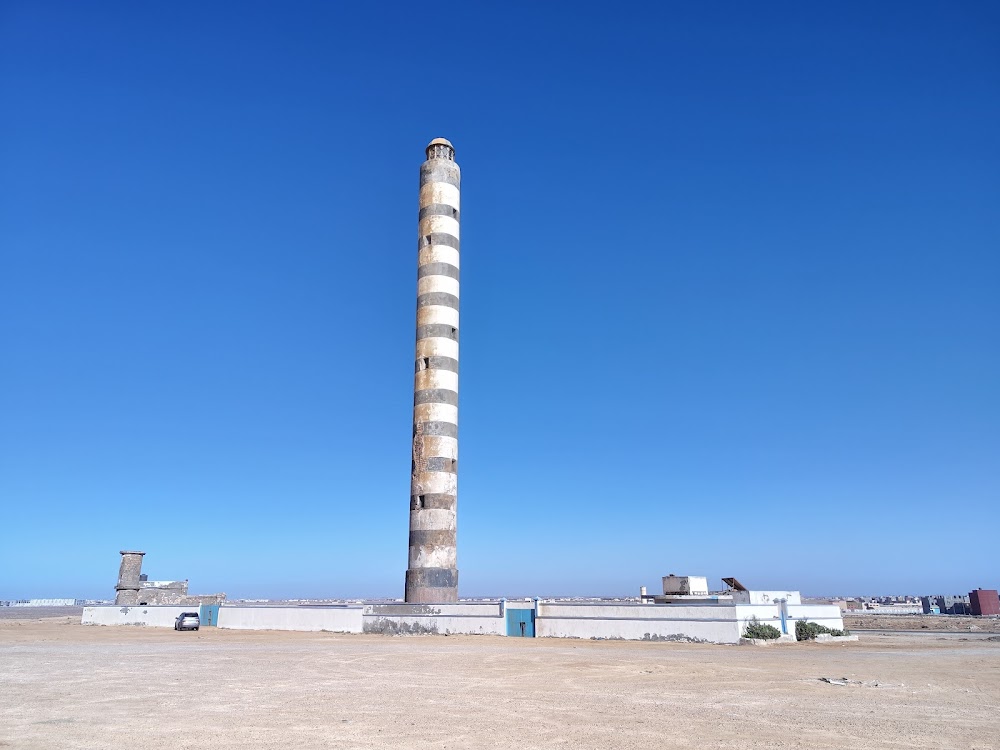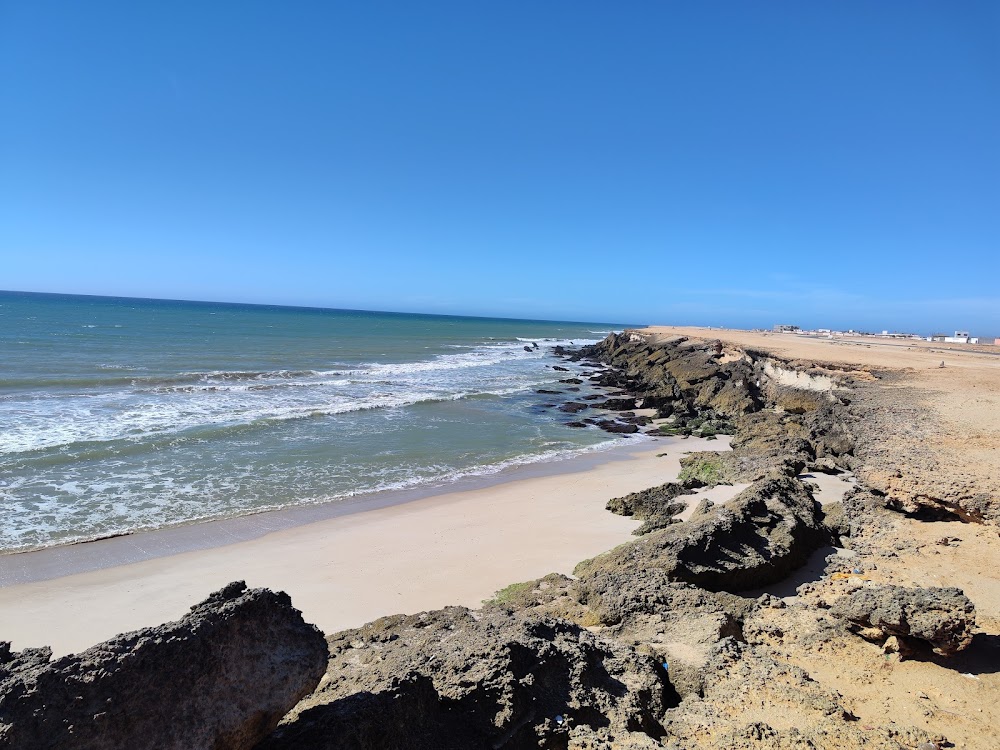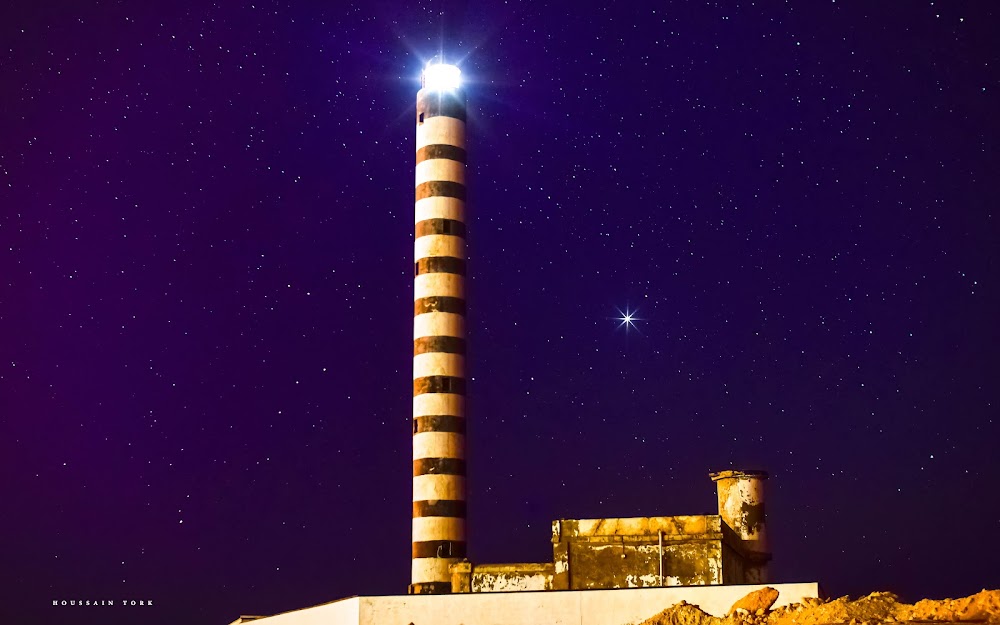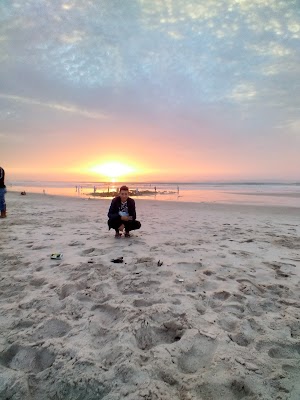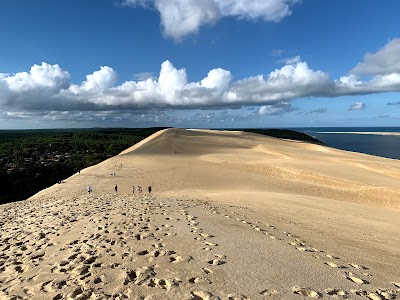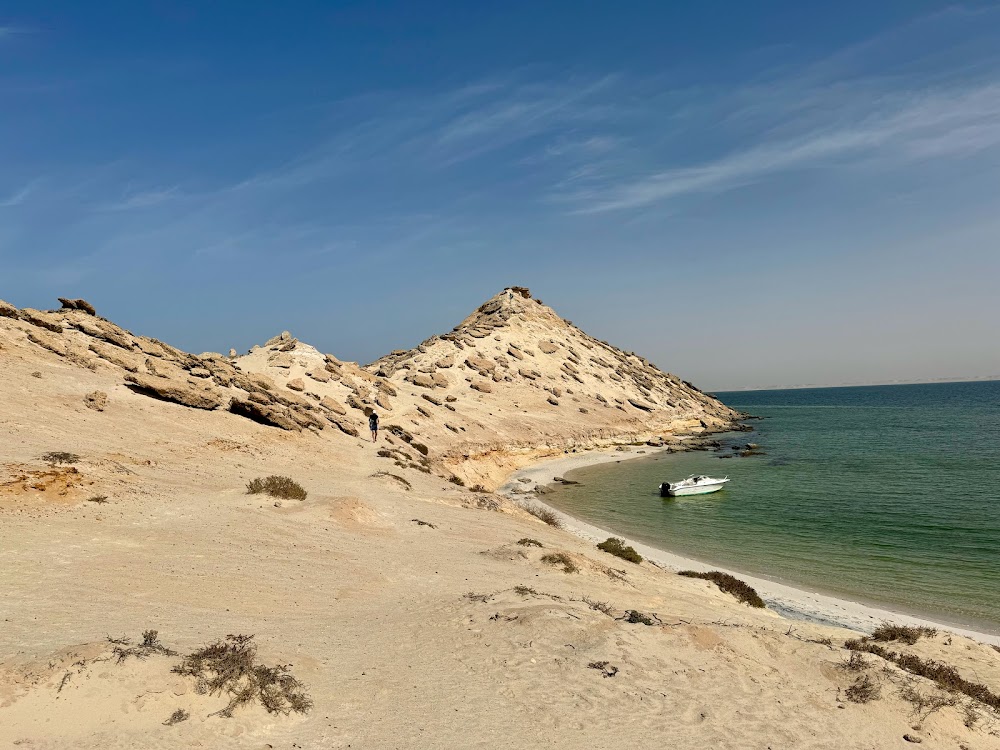Spanish Lighthouse (منارة إسبانية)
Overview
Perched on the edge of the majestic Atlantic Ocean, the Faro de Dakhla, also known as the Spanish Lighthouse, stands tall as a timeless sentinel of maritime history in the vibrant city of Dakhla-Oued Ed-Dahab, Morocco. This iconic structure was built during the era of Franco-Spanish interests in Western Sahara, with construction dating back to the late 19th and early 20th centuries—a time when coastal navigation aids were crucial for safety and commerce.
The need for a lighthouse in Dakhla, formerly known as Villa Cisneros during Spanish colonization, arose from the treacherous Atlantic waters and frequent fogs that posed significant risks to vessels. As sea trade flourished in the late 1800s, Spanish authorities recognized the necessity of a sturdy beacon to ensure safer navigation for both commercial and military ships navigating these perilous waters.
The construction of Faro de Dakhla involved meticulous planning and a collaborative effort between Spanish engineers and local laborers. Using primarily local stones and bricks, the lighthouse was designed to withstand the harsh oceanic conditions while maintaining its historical integrity. Its classic architecture features a tall cylindrical tower topped with a lantern room, where the beacon light is housed, creating an impressive silhouette against the skyline.
Standing at around 50 feet (approximately 15 meters), the lighthouse’s powerful beacon once illuminated the waters for miles. Originally equipped with an oil lamp and a Fresnel lens, the light source evolved as technology advanced, ensuring that it remained an effective guide for sailors navigating the coastline.
Dedicated lighthouse keepers were crucial to the lighthouse's operation in the years following its construction. Living on-site, these guardians conducted routine maintenance, monitored weather conditions, and ensured the light operated each night, providing a vital lifeline for those braving the treacherous waters.
Throughout the 20th century, the Faro de Dakhla witnessed significant historical changes, serving as a silent witness to the region's decolonization and its eventual integration into the Kingdom of Morocco. Despite the political shifts and advancements in navigation technology, the lighthouse has preserved its original charm and purpose, standing as a symbol of resilience and history.
Today, although modern navigation systems have diminished the reliance on traditional lighthouses, Faro de Dakhla remains a cherished landmark. Tourists and history enthusiasts flock to the site, captivated by its rich historical significance and the breathtaking panoramic views it offers of the vast Atlantic Ocean.
The ongoing preservation of Faro de Dakhla ensures that future generations can appreciate the blend of cultural and historical narratives encapsulated within its walls. It stands as a testament to the ingenuity and determination of those who built and maintained it over the decades, inviting visitors to explore the stories embedded in its very foundation.


